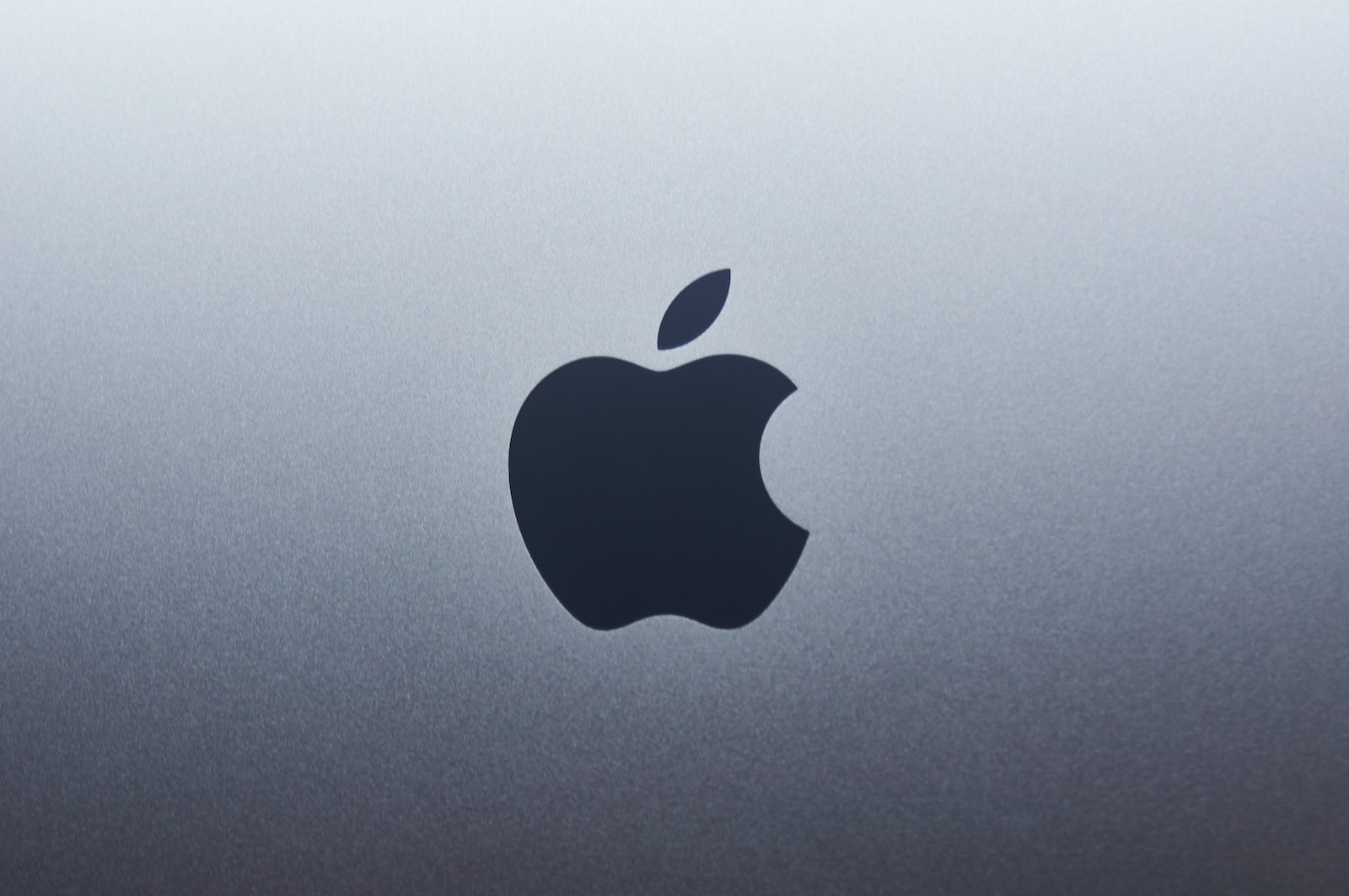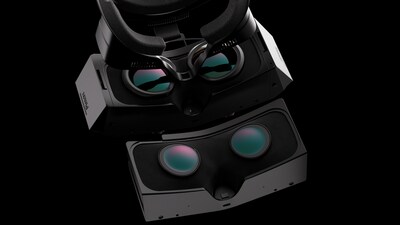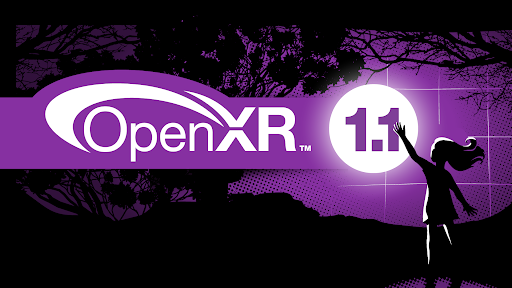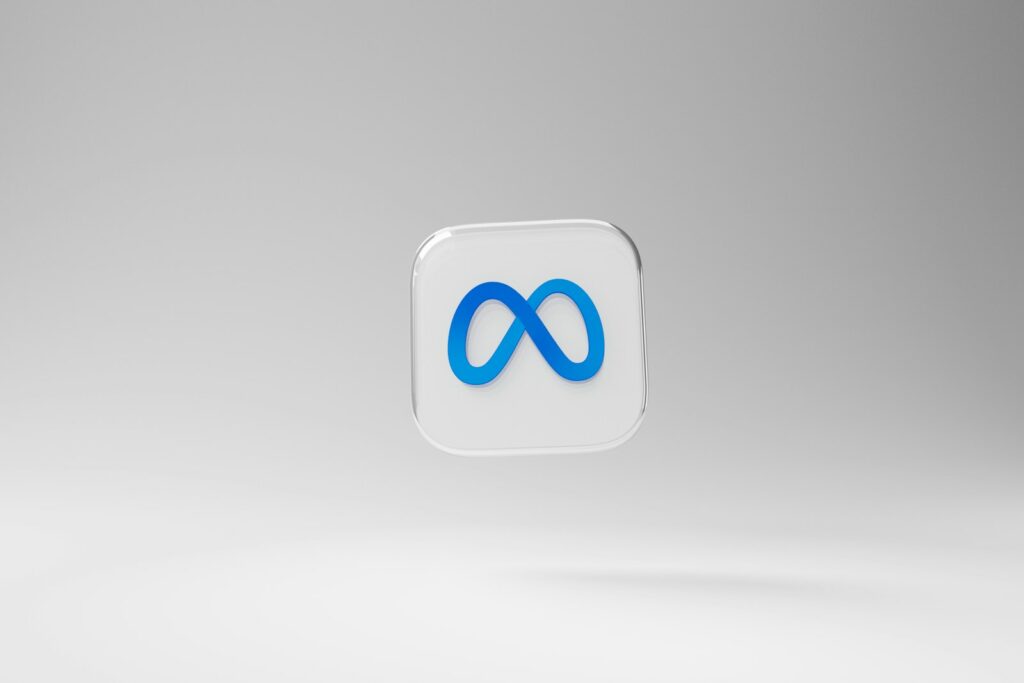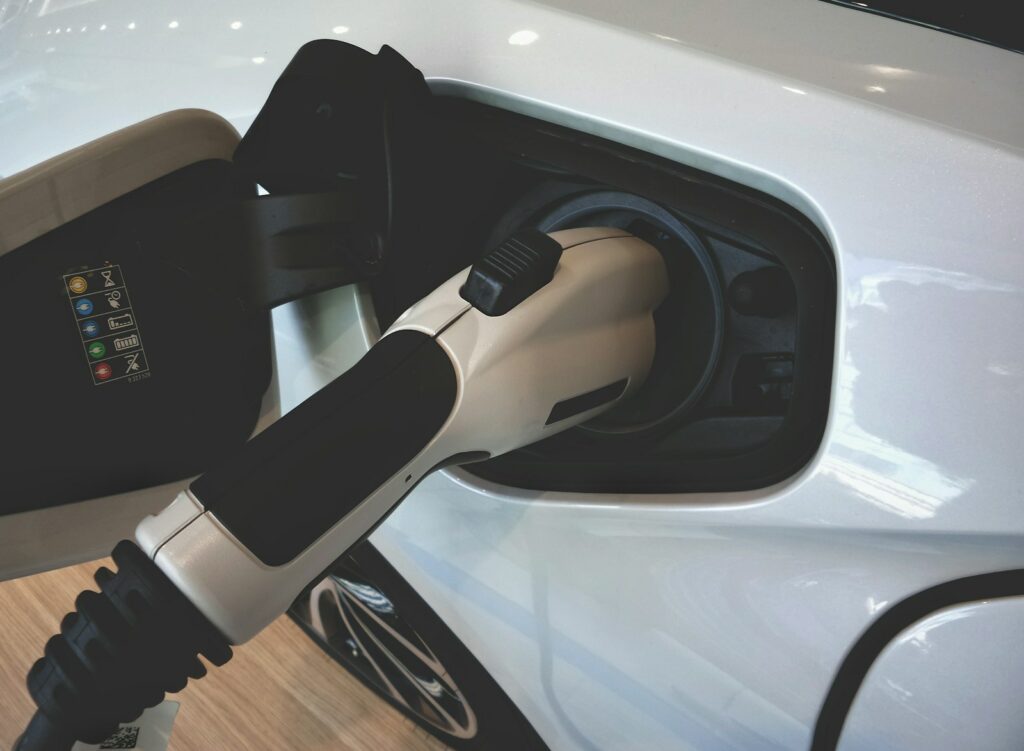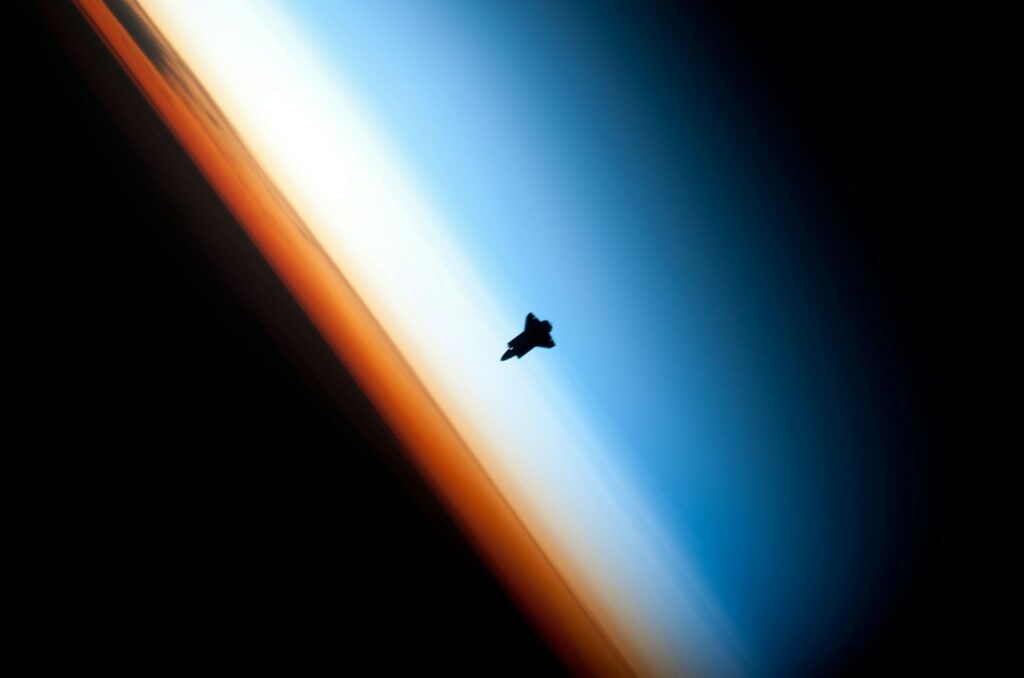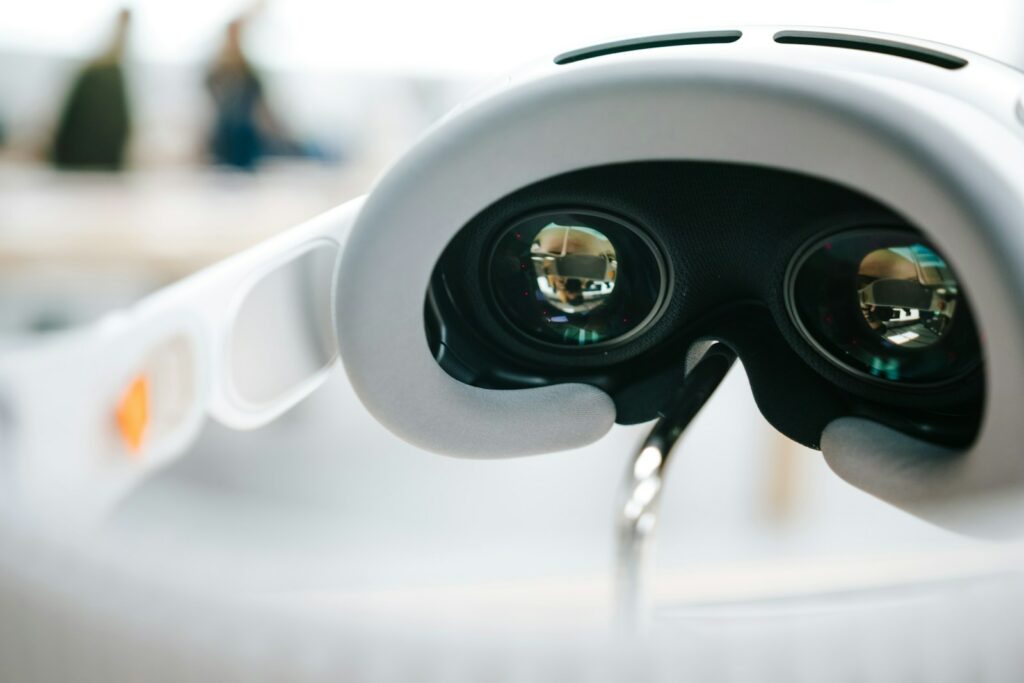It seems the entire XR industry is breathlessly awaiting the announcement of the Apple VR/AR headset and for good reason. The Apple effect, as it is known, will broaden the consumer and enterprise market and push Immersive Tech and the Metaverses to new heights as the infamous Apple headset looks to be impressive and push the boundaries of what is possible.
Thus, The Metaverse Insider has vacuumed all the news, rumors, speculations, leaks, and official statements to produce this article presenting you everything we know so far about the anticipated Apple VR/AR headset. Let’s get to it.
Apple VR/AR headset release date
Ongoing rumors and missed calls have indicated that an Apple announcement of their premium Mixed Reality headset is imminent at their Worldwide Developers Conference (WWDC). Yet, prior “this year Apple’s Mixed Reality headset will be announced” articles are met with crickets when the WWDC keynotes begin. Despite this, it seems confirmed that WWDC23 on June 5 will be the date Apple’s premium Virtual/Augmented Reality headset will be shown officially to the world.
And while a debacle has bounced over the type of reality device Apple will announce. It seems to be the premium, more expensive, and feature-rich variant than an entry-level headset meant to attract as many buyers as possible.
If the Apple MR headset is announced on June 5, we will likely see it hit the market in Fall 2023.
How much will the Apple VR/AR headset cost?
Naturally, the type of Mixed Reality headset Apple will announce – whether premium or entry – dictates its price. And while we have had different suggested price points throughout the rumor years, the premium Apple VR/AR headset will cost between $2,000 to $3,000.
Thus, the Apple device will target enterprises and wealthy prosumers, similar to their 6K resolution Pro Display XDR. Alternatively, the consumer-facing follow-up headset will cost around $1,000 and compete against Meta Quest Pro and Pico 4 Enterprise in price and features as a standalone Mixed Reality headset.
What is the Apple VR/AR headset called?
The Apple VR/AR headset has been in the cooker since late 2015 – see below for more details – and was internally named inside Apple Park: ‘Project N301’.
Later based on trademark filings, which were further cross-confirmed from rumors and anonymous statements, the Apple VR/AR headset will be named Apple Reality One or Apple Reality Pro. This also correlates with the operating system’s name, which we will get to in greater detail later in this article.
From this point forward, we will be using Apple Reality One and Apple Reality Pro interchangeably.
How powerful is Apple’s VR/AR headset?
As Apple is known for, their upcoming VR/AR headset will be a force to be reckoned with in graphical fidelity and capability to handle any standalone VR application or game you throw at it.
Initially, the rumor was that Apple Reality Pro would feature the Apple-designed and manufactured System-on-Chip (SoC) named Silicon as M1 or M2. An SoC that took the laptop world by storm in 2020 and repositioned the MacBook Pro and Air back onto the laptop stage after years of lacking behind its PC competitors. Now, it looks like the successor – M2 chip – will run the MR headset with dedicated cooling. We will circle back to the complicated thermodynamics that delayed the Apple MR headset.
If we will see the M2 chipset in the coming Apple Reality Pro, it will, by a significant margin, be leaps and bounds ahead of other standalone Mixed Reality headsets run by the Qualcomm Snapdragon XR2 or XR2+ infrastructure.
And to top it off, Apple Reality One is said to have a whopping 16GB of RAM, although we don’t know what type. Further, a dedicated H2 chip will be implemented to seamlessly and with ultra-low latency connect with AirPods Max or AirPods Pro. In other words, there will be no 3.5mm headphone jack.
When taken into context, this powerhouse of an Apple Mixed Reality headset checks out when considering the mindboggling dual 4K micro-OLEDs the headset is specced with. A point we will also get back to.
Finally, my theory is that the premium Apple Reality One and entry-level follow-up headset will feature the M2 chipset, similar to Apple laptops and computers, but differentiate on other features, display fidelity, and other specifications.
Why was Apple’s VR/AR headset delayed?
As alluded to earlier, the Apple VR/AR headset has been in development limbo since late 2015.
In early 2016, a Mixed Reality proof of concept headset wowed the Apple board enough to keep the project going, as they also expressed concerns over Facebook’s pursuits in Virtual Reality and the Metaverse.
However, as development turned towards Virtual Reality instead of Mixed Reality, the Apple headset experienced lacking support from the board and Tim Cook, slowing the progress. Yet, as time passed and Immersive Technology matured, Tim Cook turned around.
As Cook told CQ, “We always thought that glasses were not a smart move, from a point of view that people would not really want to wear them. They were intrusive, instead of pushing technology to the background, as we’ve always believed… My thinking always evolves, Steve [Jobs] taught me well: never to get married to your convictions of yesterday. To always, if presented with something new that says you were wrong, admit it and go forward instead of continuing to hunker down and say why you’re right.”
Even then, the development team behind the Apple headset needed wide executive support, which prompted, Jony Ive, spearheading the design department at Apple, to express his doubts over people being willing to wear a VR headset for hours every day. This threw a wrench in the pipeline of the headset as it then on was turned into a Mixed Reality headset. Further, the magnetized pull I’ve exhibited also pivoted the headset from a PC VR headset required to be connected to a PC to a fully standalone Mixed Reality headset.
Ultimately, this would turn for the better but delayed its development. Incidentally, this change from a PC VR headset to an all-in-one standalone device sparked the speculation that the headset wouldn’t be the premium $3,000 product but a lower-priced consumer headset.
All these internal frictions and lack of direction crystalized itself in 2019 when a Mixed Reality standalone prototype was sent to engineering and validation testing. Yet, the next stage of complications occurred. Because at the testing, numerous issues were met from lack of proper heat dispersion (likely from an overclocked ARM-based processor) and tracking sensor difficulties.
Further, it is also likely the Covid pandemic, subsequent supply chain bottlenecks, and limited supply of advanced semiconductors delayed the Apple headset even more, missing its gossiped announcement and release between 2020 and 2022.
We are now past the entanglements, disagreements, and malfunctioning hardware to strongly indicate the imminent announcement to appear on WWDC23 in less than a month.
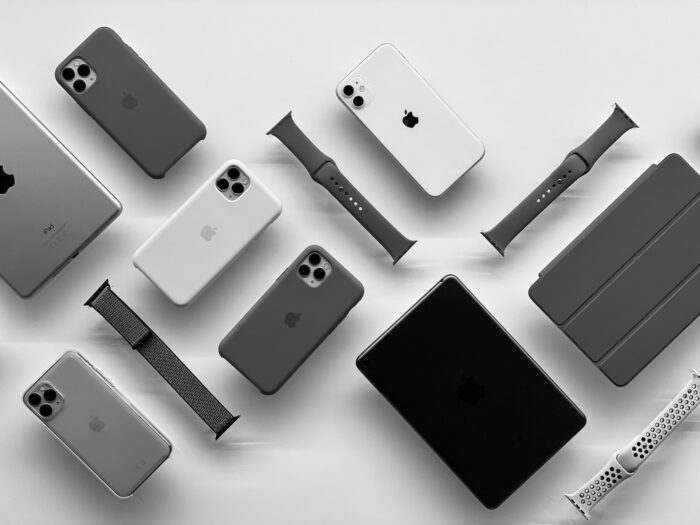
Apple metaverse
In proper Apple style, internal reports and anonymous sources told Mark Gurman from Bloomberg Technology that the traditional Meta (Facebook) Metaverse, would be ‘off-limits’ for Apple. In other words, Apple will carve its own virtual path.
This is likely further emphasized to avoid the negative connotations attached to the Metaverse while also marking that Apple’s Metaverse will be distinctly Apple, which means a Walled Garden from a tightly interwoven Apple software and hardware ecosystem. In fact, it is rarely pointed out that Apple is leading the AR market from its iOS app store through the iPhone and iPad. Thus, we will see ports from first-party and third-party AR apps to the Mixed Reality Apple headset. As an anonymous Apple source stated: the Apple Metaverse will have “bursts of gaming, communication, and content consumption,” and not be “an all-day device.”
See also: Will Apple Metaverse Become the New Meta in 2023?
Apple VR/AR Headset Display
What consumers won’t be ready for will be the absolute beast of a display and visual performance the Apple Reality Pro will deliver. Because as mentioned earlier, the rumored display setup will be a dual 4K micro-OLEDs manufactured by Sony, amounting to a whopping 8K resolution. For context, the only standalone VR headset that rivals this visual clarity is the Pimax Crystal QLED which suffers from being a massive shoebox strapped onto your head and a blur effect when the headset is in motion. It is, therefore, especially impressive when you see the 3D renders that have been released of this futuristic Apple MR device.
In fact, it looks like Apple Realty Pro will utilize the newer pancake lens technology, enabling the headset to achieve a slimmer stature and lighter weight, something Apple consistently has prioritized with its product design. Notably, the pancake lens also produces a much clearer image than other lens types such as fresnel, i.e., fewer god rays and bug-net effects.
As a note and a point against Apple using pancake optics, is that the company bought LIMBAK, the lens manufacturer of the Lynx R1, featuring an entirely in-house designed lens called free-form 4-fold catadioptric prism. While it isn’t the most appealing name, this Lynx lens still achieves a lightweight and slim design. However, all rumors indicate the Apple Reality Pro will feature the pancake lens stack over the Lynx optics.
Back to the display, additional speculations indicate that Apple will mirror Varjo’s iconic Bionic Display™ solution seen in their high-fidelity XR headsets. This means the Apple MR device will adopt a quartet display setup, two per eye. Namely, two micro-OLEDs for the wearer’s center vision produced by Sony and two AMOLEDs for the peripheral vision by LG. This two-display setup per eye means different resolution densities optimized to how our eyes naturally see. In other words, Apple Reality One will achieve a visual crispness of 32 pixels per degree (PPD) at the periphery from the rumored 120 degrees field of view (an FoV similar to the Valve Index), with a center focal resolution of 60 PPD.
First, 32 general PPD is remarkably high for standalone headsets. For context, the Oculus Quest 2 has 17.6 PPD. But if Apple manages to achieve 60 PPD at the center, it is akin to looking out your window in visual fidelity. Absolutely mindblowing, especially for a portable standalone headset.
So, if it wasn’t clear, the Apple Reality Pro will be a beast in delivering immersion in a standalone Mixed Reality headset. While we think it is unrealistic for the Apple device to achieve 60 PPD, 32 PPD is likely and will be a benchmark within the industry and set a new standard in visual quality.
Apple VR/AR Headset Features
Advanced tracking
Because Apple employs the philosophy of pushing high-powered tech behind user-friendly and accessible interaction, the Apple Reality Pro won’t have controllers. Instead, the Apple headset will feature the more expensive LiDAR sensors for tracking normally seen in premium AR headsets. LiDAR is a tracking system using lasers than cameras to track the wearer’s environment. On a comedic note, Apple using LiDAR tracking and a spatial sensor for improved Mixed Reality is a jab against Meta’s premium MR headset Meta Quest Pro, which was criticized for not having a spatial sensor to the detriment of its Mixed Reality being jittery.
Similarly, the Apple Reality One will come with native hand tracking. It was even rumored, based on a patent attained in 2023, that Apple will sell smart rings to enable control through finger gestures such as typing in Mixed Reality. Alternatively, Apple Reality Pro will also be able to connect and be controlled using your iPhone or Apple Watch over low-latency WiFi 6E.
Additionally, based on another patent Apple gained on an infrared eye-tracking system, we should expect the Apple Reality headset to feature eye tracking. This further enables the device to have foveated rendering. Briefly, dynamic foveated rendering works by optimizing the processing of graphics based on where the user is looking, and thus foveated rendering only works with eye tracking. It is said that foveated rendering when utilized correctly, can increase graphical fidelity by up to ten times and is crucial for advancing standalone MR headsets.
Finally, eye tracking also means we should expect iris scanning and Face ID on the upcoming Apple Reality Pro.
Apple Reality Pro will deliver advanced Mixed Reality
Since late 2022, Mixed Reality has grown into a corner feature in VR headsets. To mention some Virtual Reality headsets like this, we have the recently released devices of Meta Quest Pro, Pico 4, and HTC Vive XR Elite, with upcoming releases such as Lynx R1 and Lenovo ThinkReality VRX. Needless to say, the early days’ direction of Mixed Reality on the Apple Reality Pro will be to its benefit upon release.
One such benefit is the included LiDAR depth sensor which will enable digital objects to be more stable and anchored into the environment around the wearer. Only the Lynx R1 and HTC Vive XR Elite feature such a dedicated Augmented Reality sensor.
But unlike the R1 and XR Elite which have an open design around the wearer, the Apple Reality Pro will fully enclose the wearer when using Virtual Reality, while the user can toggle Mixed Reality on or off through a crown switch.
The unique MR glasses design of Apple Reality Pro
Interestingly, the battery pack of the Apple standalone MR headset will be external and clipped to your side while on the go. This indicates the Apple VR/AR headset will adopt a similar functionality and design as the HTC Vive XR Elite. Namely, the XR Elite’s unique function is its MR glasses feature when the battery is detached. This Mixed Reality glasses design opens numerous use cases for the wearer, as using this form factor on the XR Elite is ideal for office work or other sedentary situations such as commuting.
Unfortunately, the run time for the single external battery is said to only be 2 hours, similar to the Meta Quest Pro, which received significant flak for this. Thus, expect consumers to purchase additional battery packs as accessories when the Apple Reality Pro is released.
What will the Apple MR headset look like?
This brings us to how the Apple VR/AR headset will look like.
In the beginning, rumors alluded to a design using fabrics rather than metal or plastic. This has since been discarded, likely due to heat dispersion issues. What we know is the Apple Reality One will clock in at 300 to 400 grams in weight. This makes the Apple MR headset the second-lightest standalone device on the market, only beaten by the HTC Vive Flow. Incidentally, an HTC headset Apple took much inspiration from for its broad consumer appeal and VR glasses form factor.
As for the Apple VR/AR headset shape and design, it seems from 3D renders it will look like skiing goggles. A familiar shape dictated by the pancake lens, proving the headset will use the pancake lens and not the same optics as the Lynx R1. The best render to date is by Marcus Kane, see it below.
Apple’s VR/AR Operating System
Following the Apple trend, the OS of all XR devices will be entirely developed in-house. An operating system that was referred to as “rOS” internally at Apple but was later found in open-source code on GitHub as “RealityOS”.
Now that the infamous announcement is inching closer, the Apple Reality Pro OS will be called “xrOS” based on recent trademark filings. Further, we will likely see ported XR versions of native Apple apps such as Safari, Photos, iMessage, iMaps, Apple TV, Apple Music, Podcasts, FaceTime, Calendar, and more.
Notable XR acquisitions by Apple
Before we wrap up all these tidbits of Apple XR information, it is worth taking a gander at Apple’s VR/AR-related acquisitions.
In 2013, Apple purchased PrimeSense, a full-body motion-tracking company used in the Microsoft Xbox Kinect platform. While the Apple Reality Pro is rumored to use LiDAR scanners to map its environment and PrimeSense was based around infrared light for tracking, PrimeSense patents must have crept their way into the premium MR Apple headset.
Whereas in early 2016 and 2017, Apple bought two companies, Emotient and RealFace, which provided software to recognize facial expressions used for security features and advertisers to test consumer reactions. Apple could have implemented the software from these two organizations to improve the tracking of facial expressions, indicating that the Apple VR/AR headset will have face tracking similar to the Meta Quest Pro.
Also in 2017, Apple acquired Vrvana, a company that never saw its technology hit the light of day before Apple swooped them up. Vrvana developed a prototype headset called Totem that combined VR and AR, crafting a capable Mixed Reality headset. Naturally, this acquisition likely assisted the Apple Reality Pro in its development.
Should you get the Apple Reality Pro or another VR headset?
There are numerous definitions of Mixed Reality in the news and thought leadership sphere on Immersive Tech, and this article will muddle the waters a bit more. Because the Apple Reality Pro will be an MR headset, meaning it will be a Virtual Reality device with Augmented Reality features from beaming a live video feed to the wearer’s eyes.
This is important because as Mixed Reality advances, the competition between headsets narrows. Thus, when Apple Reality One releases in Fall 2023, it will go up against other MR headsets and premium AR devices.
The choice, then, comes down to versatility from Mixed Reality or purely Augmented Reality.
There is only one other premium, feature-rich, and enterprise-focused MR headset against the Apple Reality Pro, and that is the Meta Quest Pro. And while the Quest Pro has a lower price tag and delivers a poorer visual performance, it is the closest to Apple Reality Pro.
Alternatively, the middle ground for Mixed Reality, which also connects with the detached battery functionality, is the HTC Vive XR Elite. While the entry-level to MR, it will be hard to beat the Lynx R1 and Pico 4 Enterprise price-to-quality ratio.
Nevertheless, at the bottom line, the closest headset going against the Apple Reality Pro will be the Meta Quest Pro, and it will be interesting to see how everything changes upon Apple’s entry into the reality market.
If Augmented Reality is the focus, there are only two premium options: Microsoft HoloLens 2 and Magic Leap 2. These AR headsets match the Apple Reality Pro in price point. However, neither of these AR devices has Virtual Reality functionality but assumedly an improved Augmented Reality performance.
Ultimately, we will have to wait until the much-awaited Apple Reality Pro hits the shelves before we can determine anything with certainty.
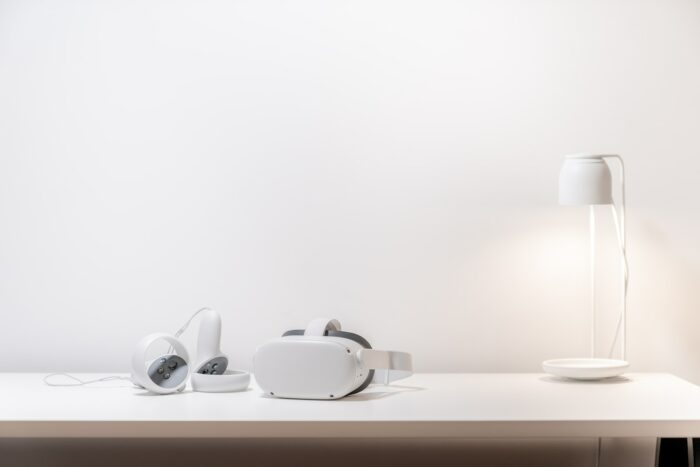
Wrap-Up: What can we say with certainty about the Apple Reality Pro?
- With all this information, somewhat scattered and aggregated over years of leaks, rumors, anonymous statements, and official quotes, what we can safely conclude is this:
- The Apple MR headset will be announced at WWDC23 on June 5 and be released in Fall 2023.
- It will be named “Apple Reality Pro” or “Apple Reality One”.
- The Apple Reality Pro will be a premium Mixed Reality headset with a lofty price tag of between $2.000 to $3.000.
- The Apple Reality device will be an all-in-one standalone Mixed Reality headset.
- The Apple headset will be run by a modified M2 Apple Silicon chipset with 16GB of RAM.
- The primary reasons behind the numerous delays that plagued the Apple headset were lack of executive support, namely from Tim Cook, a change in direction from Jony Ive towards a portable Mixed Reality headset, overheating issues, the pandemic, supply chain bottlenecks, and the ensuing advanced semiconductor shortage.
- The Apple Reality Pro will adopt a distinctly Apple Metaverse, i.e., locked in a closed ecosystem tightly integrated with other Apple products meant for productivity and gaming, not Social VR. Further, the operating system will see XR ports of native Apple apps such as FaceTime, Calendar, iMessage, Apple TV, and more.
- The Apple MR headset will feature the best display and visual performance on the market for standalone headsets, with dual micro-OLEDs by Sony clocking in at a 4K resolution per eye in a 120-degree field of view through the newer pancake lens.
- Its standalone tracking will be from LiDAR sensors, not the cheaper optical cameras, and feature a dedicated depth sensor for superior Mixed Reality performance.
- The Apple Reality One will also have integrated eye and hand tracking, possibly aided by wearable smart rings for improved finger gestures.
- The Apple device will weigh between 300 to 400 grams and be ultraslim in form factor, looking like skiing goggles with a detached battery tethered to the headset, similar to a power bank.
For more market insights, check out our latest metaverse news here.


